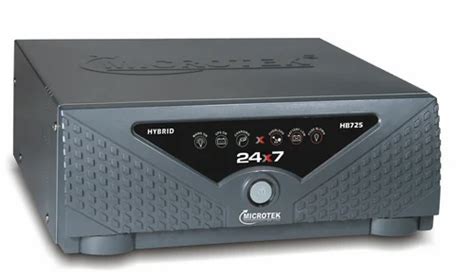Understanding Power Units: A Comprehensive Guide
The concept of power units is a fundamental aspect of physics and engineering, playing a crucial role in understanding and describing the performance of various systems and devices. Power, in its simplest form, is the rate at which work is done or energy is transferred. This comprehensive guide aims to provide an in-depth exploration of power units, their significance, and applications across different fields.
Historically, the understanding and measurement of power have evolved significantly. From the early industrial revolution, where mechanical power was a key driver, to the present day, where electrical and digital technologies dominate, the concept of power has remained central. The development of standardized units for measuring power has been essential in facilitating communication, comparison, and innovation across various disciplines.
Definition and Importance of Power Units
Power units are standardized measures used to express the rate of energy transfer or conversion. The most commonly used power unit in the International System of Units (SI) is the watt (W), defined as one joule per second. This unit is widely adopted across scientific and engineering communities, providing a universal language for describing power outputs and requirements.
The importance of power units cannot be overstated. In engineering, accurate power measurement is critical for designing efficient systems, ensuring safety, and optimizing performance. For instance, in electrical engineering, understanding power consumption and generation is vital for grid management and renewable energy integration. Similarly, in mechanical engineering, power units help in evaluating the performance of engines, motors, and other machinery.
Types of Power Units
While the watt is the SI unit of power, various other units are used in specific contexts or historical applications. Some of these include:
- Metric Units:
- Milliwatt (mW) = 0.001 W
- Kilowatt (kW) = 1,000 W
- Megawatt (MW) = 1,000,000 W
- Gigawatt (GW) = 1,000,000,000 W
- Imperial and Other Units:
- Horsepower (hp) ≈ 745.7 W
- Foot-pounds per second (ft·lb/s)
Applications of Power Units
Power units find applications in a wide array of fields, from everyday consumer electronics to large-scale industrial and energy systems.
Energy and Electrical Engineering
In the context of electrical power, the wattage of devices and systems is crucial. For example, a light bulb's power consumption might be rated at 60 watts, indicating it converts electrical energy into visible light and heat at a rate of 60 joules per second.
| Device | Power Consumption (W) |
|---|---|
| Incandescent Light Bulb | 60 |
| LED Light Bulb | 9 |
| Personal Computer | 65 |
Mechanical Engineering and Automotive
In mechanical systems, power units help evaluate performance and efficiency. The horsepower, for instance, is commonly used in the automotive industry to express engine power.
Key Points
- The watt (W) is the SI unit of power, defined as one joule per second.
- Power units are crucial for designing efficient systems, ensuring safety, and optimizing performance.
- Various units, including metric and imperial units, are used to express power in different contexts.
- Power units have wide-ranging applications in energy, electrical engineering, mechanical engineering, and more.
- Accurate power measurement and understanding are essential for innovation and problem-solving across disciplines.
Challenges and Future Directions
As technology advances, the demand for more efficient power generation, conversion, and consumption continues to grow. This necessitates a deep understanding of power units and their applications. The integration of renewable energy sources into the grid, for example, requires sophisticated power management systems that can handle variable inputs and outputs efficiently.
Efficiency and Sustainability
The push for sustainability and energy efficiency has brought power units to the forefront. Innovations in materials science, electronics, and software are enabling the development of more efficient devices and systems, reducing power consumption and environmental impact.
What is the SI unit of power?
+The SI unit of power is the watt (W), defined as one joule per second.
How is power different from energy?
+Power is the rate at which energy is transferred or converted, while energy is the capacity to do work. Power is measured in watts (W), and energy is measured in joules (J).
What are some common applications of power units?
+Power units are used in various fields, including electrical engineering, mechanical engineering, energy production, and consumer electronics, to express the power consumption or generation of devices and systems.
In conclusion, understanding power units is essential for addressing the challenges of the modern world, from efficient energy management to technological innovation. As we move forward, the role of power units will only continue to grow, underpinning advancements in science, technology, and engineering.
